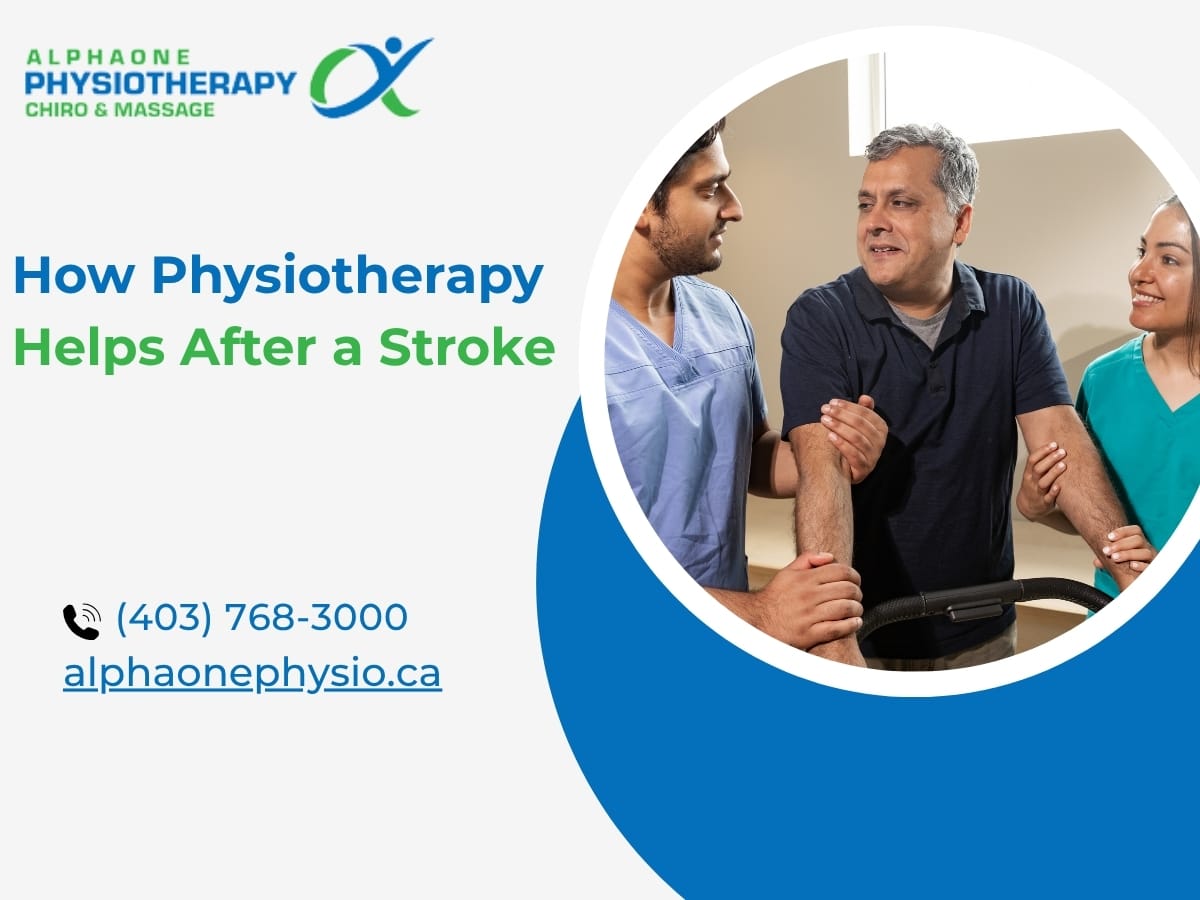Sciatica is a condition that causes pain in the lower back, buttocks, and down one leg. The pain is often sharp, burning, or shooting. It can be mild or very strong. This pain happens when the sciatic nerve, which runs from the lower back down the back of the legs, is pressed or irritated.
Sciatica can affect people of any age but is more common in adults between the ages of 30 and 60. It may begin suddenly or slowly over time. Many people feel pain only on one side of the body. Some people also feel numbness, tingling, or weakness in the affected leg.
Causes of Sciatica
The most common cause of sciatica is a herniated disc. This happens when one of the discs in the spine slips out of place and presses on the sciatic nerve. The discs are soft cushions that sit between the bones of the spine. If a disc moves or breaks, it can touch the nerve and cause pain.
Other causes of sciatica include:
- Spinal stenosis – when the space inside the spine becomes too narrow
- Degenerative disc disease – when discs wear down due to age
- Injuries or falls – which can damage the spine or nerves
- Poor posture – especially sitting for long periods in the wrong position
- Muscle tightness – in the lower back or buttock muscles
- Pregnancy – due to pressure on the spine and pelvis
All these problems can lead to irritation or pressure on the sciatic nerve. When this happens, pain may travel from the back to the leg.
Symptoms of Sciatica
The symptoms of sciatica are easy to notice. They usually affect only one side of the body. The pain starts in the lower back and spreads down the back of the thigh and sometimes to the foot. Some people feel a burning or stabbing feeling. Others describe it as a sharp electric shock.
Here are common signs of sciatica:
- Pain in the lower back and one leg
- Numbness or tingling in the leg or foot
- Weakness in the leg muscles
- Difficulty in walking or standing for long
- Pain that worsens while sitting or bending
- Sudden pain after lifting something heavy
The symptoms can range from mild discomfort to very strong pain. In some cases, the pain may come and go. In other cases, it may last for several weeks or months if not treated properly.
How Physiotherapy Helps in Sciatica
Physiotherapy for sciatica is a natural and non-invasive way to reduce pain, improve movement, and prevent future problems. It does not involve surgery or strong medicines. Instead, physiotherapists use safe techniques to treat the root cause of the pain.
Physiotherapy for sciatica helps in:
- Decreasing pressure on the sciatic nerve
- Reducing inflammation in the muscles and joints
- Improving the strength of back, hip, and leg muscles
- Teaching better posture and movement habits
- Restoring flexibility and balance
Physiotherapy can be done at a clinic and at home through guided exercises. It is one of the most effective non-surgical treatments for sciatica.
Manual Therapy for Pain Relief
One method used in physiotherapy is manual therapy. This is when the physiotherapist uses their hands to move and treat the muscles and joints. Manual therapy includes massage, joint mobilization, and muscle stretching.
These gentle hand movements help to:
- Loosen tight muscles
- Improve blood flow to the injured area
- Reduce swelling
- Decrease pressure on the sciatic nerve
Manual therapy gives relief from shooting leg pain and improves comfort during movement.
Posture Correction for Sciatica
Bad posture is a common reason for sciatica pain. Sitting with a rounded back or standing with poor alignment can put extra pressure on the spine. Over time, this can lead to nerve irritation.
Posture correction for sciatica helps the body return to its natural, pain-free position. Physiotherapists teach people how to sit, stand, sleep, and lift objects the right way. They also give strengthening exercises for the neck, shoulders, and lower back.
Good posture can:
- Reduce pressure on the spine
- Support the muscles and joints
- Prevent the pain from coming back
Posture training is a key part of long-term recovery from sciatica.
Exercises for Sciatica and Nerve Pain
One of the most helpful parts of physiotherapy is doing the right exercises for sciatica. These exercises are safe and gentle. They help improve the strength of the core and leg muscles. They also stretch tight muscles that press on the sciatic nerve.
Common exercises include:
- Pelvic tilts and bridges
- Knee-to-chest stretches
- Hamstring and hip stretches
- Gentle back extensions
- Nerve glide stretches
These movements help reduce nerve pressure and improve flexibility. They also make the body stronger and less likely to get hurt again.
Sciatica Stretches for Daily Relief
Stretching is very important for healing from sciatica. Simple sciatica stretches can relax the muscles around the nerve. This helps reduce pain and improve mobility.
Useful stretches include:
- Piriformis stretch
- Seated spinal twist
- Child’s pose
- Standing hamstring stretch
Doing these stretches regularly under a therapist’s guidance can prevent the pain from returning. It also improves blood circulation and reduces stiffness in the lower body.
Herniated Disc Physiotherapy
A herniated disc is a main reason for sciatica. When the disc presses on the nerve, it causes strong pain. Herniated disc physiotherapy includes special movements that help move the disc back into place or reduce its pressure on the nerve.
These treatments focus on:
- Core strengthening
- Spinal alignment
- Gentle extension exercises
- Avoiding bad posture or lifting techniques
With time, many people feel better and avoid the need for surgery.
Mobility Recovery After Sciatica
After sciatica pain improves, people may still find it hard to move freely. They may be afraid of bending or walking fast. Mobility recovery after sciatica helps people feel confident again.
This part of physiotherapy includes:
- Balance training
- Muscle coordination exercises
- Safe walking techniques
- Return to daily activities step-by-step
The goal is to help people return to normal life without fear or pain. It also prevents future injuries and builds confidence in movement.
When to See a Physiotherapist
You should see a physiotherapist if:
- You have pain that travels from your back to your leg
- You feel tingling, numbness, or weakness in your leg
- You have trouble walking or sitting for long
- Medicines are not helping the pain
- The pain keeps coming back again and again
Early treatment gives better results and prevents serious problems later.
Conclusion
Sciatica is a painful condition that affects the lower back, legs, and daily activities. It can be caused by herniated discs, poor posture, or pressure on the sciatic nerve. The pain can make walking, sitting, and sleeping very difficult.
Physiotherapy for sciatica is a safe and natural way to manage and heal the pain. It uses manual therapy, stretches, strengthening exercises, and posture correction. These techniques reduce pain, improve movement, and prevent future problems.
AlphaOne Physiotherapy provides expert care and personal treatment plans for people with sciatica. With proper physiotherapy, most people recover well and return to a pain-free life.
Frequently Asked Questions
The fastest way to relieve sciatica pain is by combining rest, gentle stretches, heat or cold therapy, and correct posture. Physiotherapy techniques such as manual therapy and guided exercises can quickly reduce pressure on the sciatic nerve and provide effective pain relief.
Physiotherapy can provide long-term relief from sciatica by addressing the root cause of nerve irritation. Through targeted exercises, posture correction, and strengthening, physiotherapy reduces symptoms and prevents recurrence. However, consistent follow-up care and lifestyle changes are needed for permanent management of sciatica.
Recovery time varies depending on the severity of nerve compression and overall health. Many people feel significant improvement within four to six weeks of physiotherapy. Consistency in therapy sessions, exercises, and lifestyle corrections plays a key role in long-term sciatica recovery.
The best exercises for sciatica include knee-to-chest stretches, pelvic tilts, piriformis stretches, gentle hamstring stretches, and core strengthening exercises. These movements relieve pressure on the sciatic nerve, reduce stiffness, and strengthen muscles. Exercises must be guided by a physiotherapist for safety.
You should see a physiotherapist if sciatica pain lasts more than a few days, worsens over time, or causes numbness, tingling, or weakness in your leg. Early physiotherapy treatment ensures better pain relief, faster recovery, and prevention of long-term complications.






